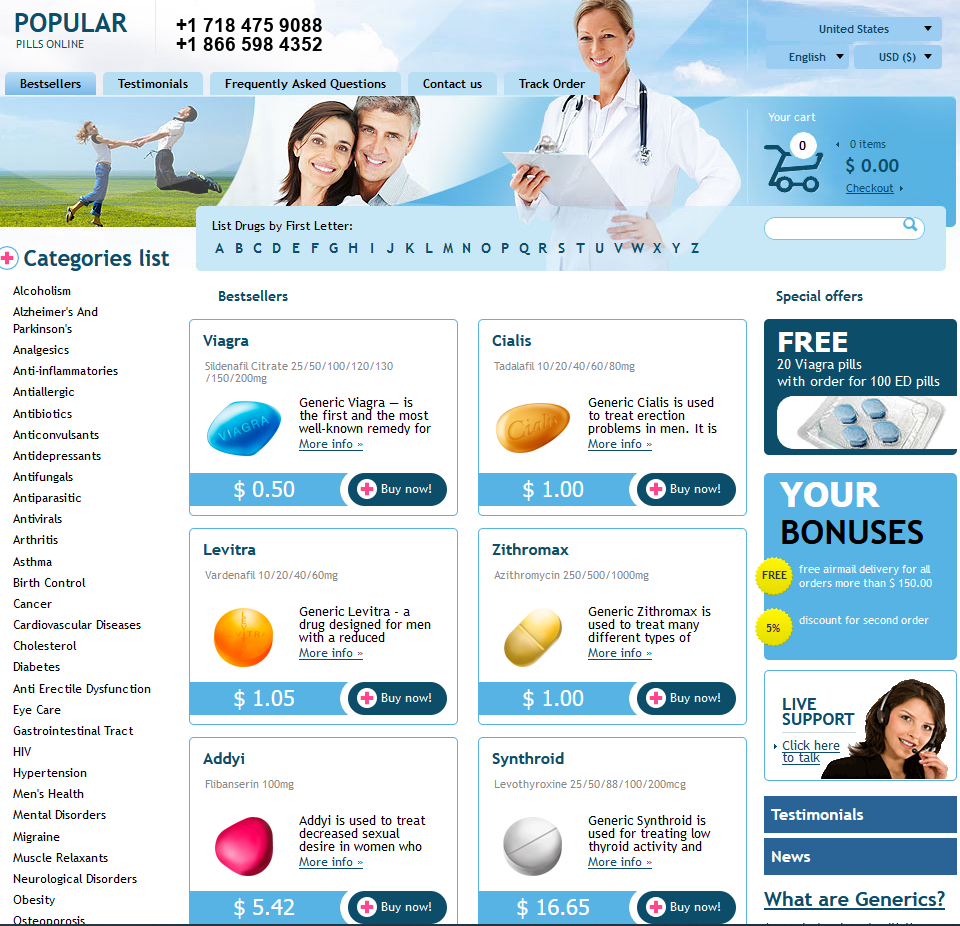 Exploring Side Effects: What Patients Need to Know
Exploring Side Effects: What Patients Need to Know
Understanding Side Effects: a Brief Guide for Patients
Side effects are an integral part of any medical treatment journey, often prompting questions and concerns among patients. A side effect is simply a secondary, typically unwanted effect that results from taking a medication or undergoing a procedure. They can range from mild symptoms like drowsiness or dry mouth to more severe reactions such as intense allergic responses or significant changes in blood pressure.
Understanding these side effects begins with recognizing that each patient's experience may differ due to individual health factors, including age, genetics, and other medications currently being taken. By familiarizing themselves with potential side effects, patients can better prepare for treatment processes and outcomes.
It is crucial to stay informed and feel empowered to ask health professionals about possible side effects before starting any new medication. This knowledge not only alleviates anxiety but ensures patients can act promptly if they experience any unusual symptoms.
```html
| Severity | Examples | Action |
|---|---|---|
| Mild | Nausea, dizziness | Monitor and report if persistent |
| Moderate | Rash, increased heart rate | Consult a healthcare provider |
| Severe | Breathing problems, chest pain | Seek immediate medical attention |
Common Vs Rare Side Effects: What to Expect

When prescribed medications like hydroxychloroquine, understanding the spectrum of side effects can be crucial. Common side effects might include nausea, headaches, or dizziness, which are generally manageable and expected. These symptoms often subside as your body adjusts to the medication. However, staying informed about these potential reactions can help alleviate concerns and guide you in taking proactive measures.
Equally important is being aware of rare side effects, which, while less common, may indicate severe health issues. For instance, taking hydroxychloroquine potentially increases the risk of vision problems or heart complications. Recognizing these rare side effects is vital, as it empowers patients to act swiftly and consult their healthcare providers, ensuring timely intervention and care.
Reading Medication Labels: Decoding Jargon and Warnings
Understanding medication labels can often feel overwhelming, yet it is crucial in ensuring safe treatment. These labels contain vital information, from dosage instructions to possible side effects of drugs like hydroxychloroquine. Patients should pay close attention to terms such as "contraindications" and "adverse reactions," which outline who should avoid the medication and potential negative outcomes.
Warnings are particularly important, highlighting severe risks or necessary precautions. For instance, some medications advise against combining with specific substances or activities. By thoroughly decoding these labels, patients empower themselves to make informed health decisions and engage in proactive discussions with their healthcare providers.
Communicating Concerns: Talking to Your Healthcare Provider

Effective communication with your healthcare provider is key, especially when you're prescribed medications like hydroxychloroquine. Start by clearly describing any side effects you experience, including their frequency and severity. This helps your provider assess whether the medication is right for you or if adjustments are needed. Don't hesitate to ask questions if you're unsure about instructions or potential symptoms. Your healthcare provider is there to guide you, ensuring the treatment aligns with your health needs and priorities.
Open dialogue fosters trust and provides opportunities to address concerns early. Before your appointment, jot down symptoms and questions to make your discussion more productive. If you're worried about specific side effects, sharing reputable sources or suggestions for alternative treatments can be helpful. Remember, your active participation in the conversation ensures you're informed about your treatment plan and prepared to manage your health effectively.
Managing and Monitoring Side Effects: Practical Tips
For those taking medications like hydroxychloroquine, understanding side effects is crucial. Monitoring symptoms involves keeping a daily journal to track changes in mood, appetite, or physical conditions. By noting even minor shifts, patients can identify patterns that may suggest side effects. To manage these effectively, setting up a regular routine that includes hydration and balanced nutrition can help minimize discomfort.
| Side Effect | Action |
|---|---|
| Fatigue | Maintain consistent sleep schedule |
| Nausea | Eat small, frequent meals |
Consulting healthcare providers with detailed notes facilitates better discussions on potential medication adjustments, ensuring a proactive approach to wellbeing.
When to Seek Help: Recognizing Serious Symptoms
Recognizing the signs that necessitate immediate medical attention can be crucial for your health. While many side effects are mild and short-lived, some symptoms indicate more serious reactions. If you experience difficulty breathing, sudden swelling of the face, lips, or throat, or an unexplained rash, these could signal a severe allergic reaction requiring urgent care.
Equally concerning are symptoms like severe abdominal pain, persistent dizziness, or any form of bleeding. These may be indicative of adverse effects that demand prompt evaluation by a healthcare provider. Trust your instincts—should you feel something is significantly wrong, prioritize speaking to a medical professional without delay.
Furthermore, understanding changes in mental state is vital. If you notice confusion, severe mood swings, or thoughts of self-harm, these symptoms should never be ignored. They could reflect serious side effects impacting your neurological well-being and necessitate urgent intervention to ensure safety and proper care.
